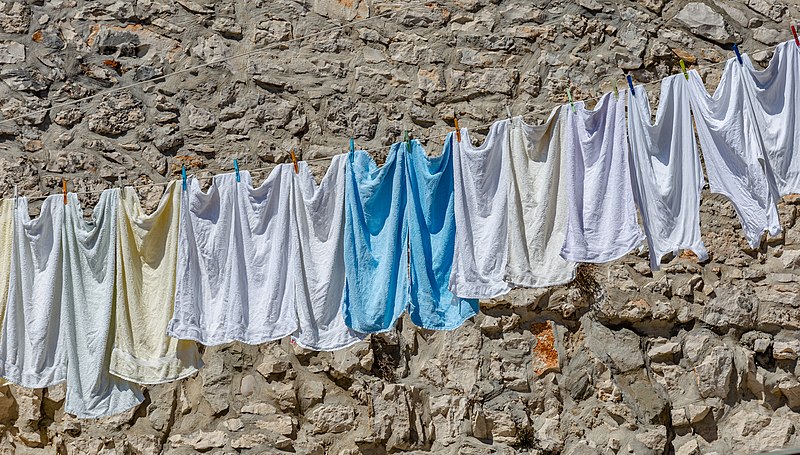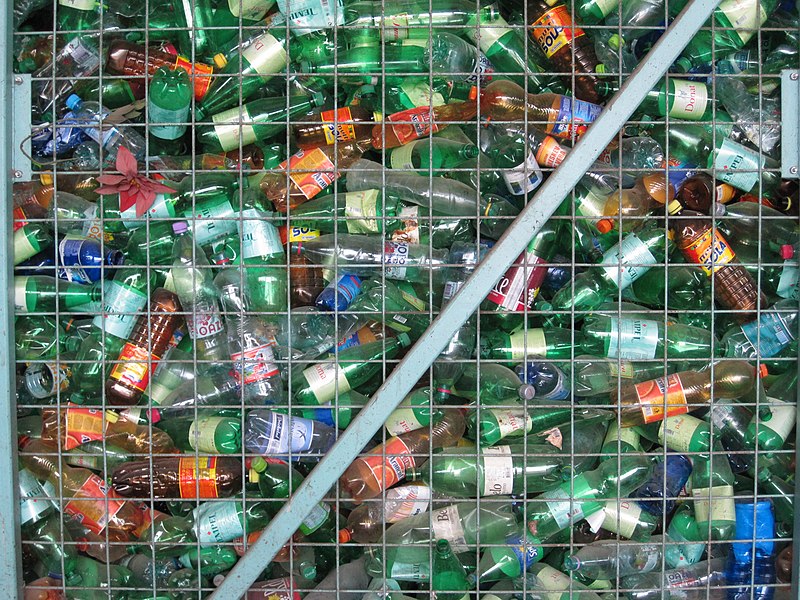
Is fast fashion on the way out? With more and more people discussing the rise in sustainable shopping and other alternatives to fast fashion – here are our easy suggestions on how to move away from overconsumption.
Second hand

The perception of buying second hand clothing has really changed in the last few years. While I’ve been a charity shopper for most of my life, people who would have turned their nose up at the thought of wearing used clothing are now seeing it for what it is – a great way to get a bargain! If you’re a bit of a shopaholic, second hand is a perfect alternative to the classic shopping spree.
There are many avenues to second hand shopping. In person, you can go to charity shops, consignment stores, rummage or jumble sales, car boots, and even go along to local swaps to refresh your wardrobe with like-minded individuals.
If you prefer to shop online, many charity shops now reserve a small selection for their online stores. There are also multiple apps and sites dedicated to re-selling clothes, like Vinted and Depop. It’s worth having a browse on eBay and Etsy too. If you are into something specific, there are even re-selling groups on Facebook for specific brands or styles – search and see if your favourite retailers have a fan or re-selling group.
Bye bye, hauls

Buying less is not only good for your budget, it’s better for the planet! By buying intentionally, you can ensure that what you’re purchasing won’t linger at the back of your wardrobe and will get worn! Make a list of all the things you need, and set aside time to look for high-quality long-lasting pieces to introduce to your wardrobe.
If you have a large collection of clothing already, “shop” from your existing wardrobe. Are there things lurking at the back you’d forgotten all about? Try new ways to style things and you’ll feel like you’ve got a whole new look!
Natural fibres

Think about the fabric content when you’re buying new clothes. We know now that most synthetic fibres shed micro plastics in the washing machine, which then get into our oceans. Many synthetic fibres don’t break down naturally and will live forever, like plastic bags. If you own polyester products, no need to get rid of them – buy a filtering bag to wash them in such as Guppy Friend.
Cotton, linen, silk, and wool are all fabrics we should be wearing. They are breathable, soft, and absorbent. Viscose is a semi-synthetic type of rayon which is made from wood pulp, and has a sustainable version called EcoVero, which you should look out for. Tencel (Lyocell) is also a viscose fabric with sustainable certifications, which you will often find incorporated into t-shirts as Modal.
Organic

The chemicals used to grow and treat fabrics are often pollutants, which is why looking for Organic certification is a good idea. Organic fabrics are grown without pesticides, from seeds that have not been genetically modified. These fabrics also haven’t been treated with toxic solutions like formaldehyde. These chemicals are often used to keep clothing looking good until it reaches the customer. If you can’t find an organic version of what you need, contact the company to ensure the fabrics they use haven’t been treated with harmful chemicals. Either way, it’s a good idea to wash new clothes before wearing them!
Recycled

Another great sustainable option is to buy items made from recycled fabrics. One of the things I’m not happy to buy used is work out gear, so I prefer to look for recycled items. Repreve is a branded recycled polyester made from plastic bottles, and is often used in sportswear. It’s a thick and stretchy fabric, perfect for gym leggings and work out bras, and available from lots of retailers in all types of colours and designs.
Taking care of current clothes

The best sustainability tip is to wear and look after the clothes you already have! The number one way clothes wear out is from incorrect laundering. Firstly – do you know what the symbols on the wash care label mean? Most companies perform extensive testing to the fabrics or garments, so the symbols are suggested for a reason.
Washing too frequently, washing too hard, washing with strong chemicals. Before you put something in the wash, consider if you could wear it again before washing. Look at the settings of your washing machine – can you wash colder? Or use a slower spin cycle? Do you have a delicate laundry bag you could place the garment inside? What products are you using – is there a more gentle laundry liquid you could try? Make sure you’re washing garments inside out, and with similar colours, to preserve for as long as possible.
“A stitch in time saves nine” is such a traditional saying for a reason! If you repair your clothes when you first notice something needs it, it’s much easier than if you allow it to fall apart. Learn to do basic repairs to your clothes, or send them to a dry cleaner who performs repairs, or do a task trade with a crafty friend!
Fair trade

Who is making our clothing? In the near-distant past, clothing was bought from a tailor or dressmaker who was a specialist in their field. These days we barely even pay attention to the Country of Origin on the label! The majority of our clothing is made by human hands, so by buying Fair Trade clothing you’re ensuring the safety and fair pay of the person who made it. If you’re unsure about a company, see if they have an ethical sourcing policy published on their website, or email to ask any questions.
